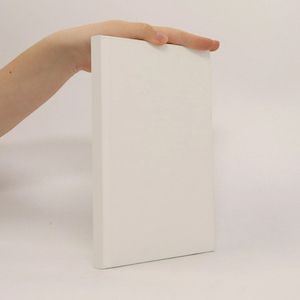The book is currently out of stock

More about the book
The book explores the overlooked discovery by Margherita Beloch Piazzolla that a segment of length cube root of 2 can be constructed using a single paper fold, challenging the traditional view of the Delian problems. It examines the historical neglect of paper folding as a mathematical practice, questioning why this technique was marginalized and how the mathematical insights gained from it were conceptualized. Through this lens, the text delves into the broader implications of recognizing unconventional methods in mathematics and their potential for innovation.
Book purchase
A History of Folding in Mathematics, Michael Friedman
- Language
- Released
- 2019
- product-detail.submit-box.info.binding
- (Paperback)
We’ll email you as soon as we track it down.
Payment methods
No one has rated yet.
